
Decision-Making: Improve your process with our 6 simple steps
by Raksha Daryanani | August 23, 2021 | EVENTS |
Does your hotel need to generate more revenue in the upcoming months? Or are you thinking of learning new skills to advance your hospitality career? Either way, you’ll need to make lots of decisions. Although decisions are necessary, they can be overwhelming and make us doubtful.
Prepare to say goodbye to your decision making doubts for good! In our last Hospitality Talks Webinar on July 14, we spoke with Andrea Leuenberger, Programme Manager at Swiss Hotel Management School.
She shared how to make great decisions based on timeless, proven business models. You can watch the webinar replay here or simply read the summary in our article below.
We start our article with the definition and origins of decision making. Then, we introduce some of the most widely used models in business and leadership. Finally, we present a user-friendly process you can apply to improve your decision-making process in the hospitality industry.
→ 🤓 Love webinars/masterclasses? Take your pick from our wide selection here!
What is Decision-Making And Where Does It Come From?
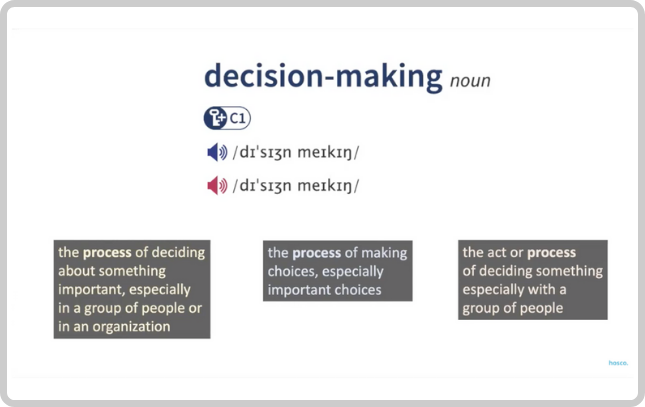
Which Are the Most Common Models?
- Game Theory: More than 2000 years ago, John Nash further developed Tzu's principle and received a Nobel Prize for his "Game Theory". The NASH equilibrium asserts that observing the strategy of another player in a game is crucial for planning your own. According to Nash, it takes 10,000 hours of training to recognise a strategic move and react immediately. Soccer and chess games still use his theory.
- The Vertical Model: Socrates' method was elaborated by Russell Ackoff, and is known as the vertical model for acquiring wisdom. Ackoff insists on collecting quantitative and qualitative data. This data should answer questions like what, who, how much, how long and how many. At the next level, you gain information by sorting, grouping, and contrasting the data.
Remember, you are not interpreting the data yet: You are only sorting it to gain understanding and make sense of it. Afterwards, you get to the step of interpreting by asking: What information can we find here? What are the decisions we need to make? What is the way forward? This is the level of critical thinking and understanding that leads to the level of innovative solutions.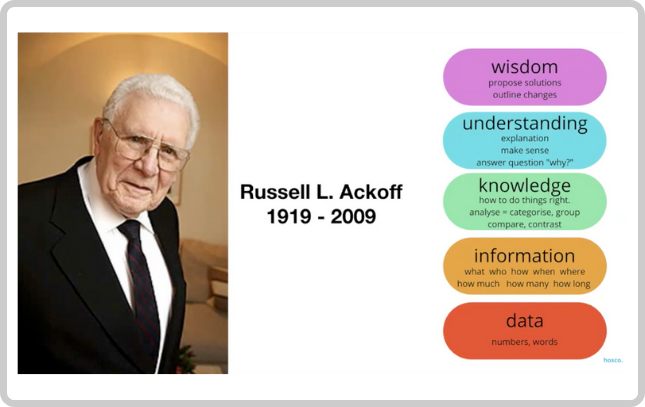
- System 1 and 2 Model: Daniel Kahneman received the Nobel Prize for his research on decision-making. He divided decision makers into two groups, namely system 1 thinkers and system 2 thinkers. System 1 thinkers make decisions based on intuition. They do not have doubts, but also do not bother to build a thought for coming to a decision with effort. Charismatic personalities can make people fall prey to System 1 thinking. Marketing also uses System 1 thinking to make an impression on guests by branding hotel facilities as luxurious or high-end.
In contrast, System 2 thinkers use effort and work to focus and use the rational mind as opposed to emotions. They use a methodical approach and are much slower. Since our brain has a limited capacity to absorb and process information, System 1 thinkers can help prevent "cognitive overload." System 2 thinkers take much longer, and tend to suffer from cognitive overload.
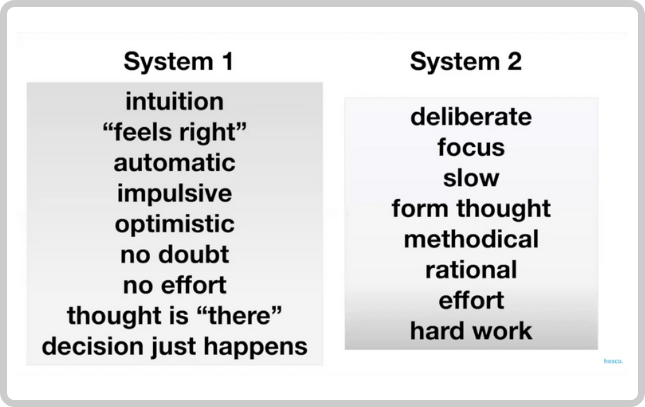
6 Steps For Improving Your Decision-Making Process

- Identify the problem: First ask yourself what the decision is about, and which problem needs to be solved.
- Determine the goal: Next, consider what you want to accomplish with your decision. How much time do you have to accomplish that goal? A goal can also consist of different objectives.
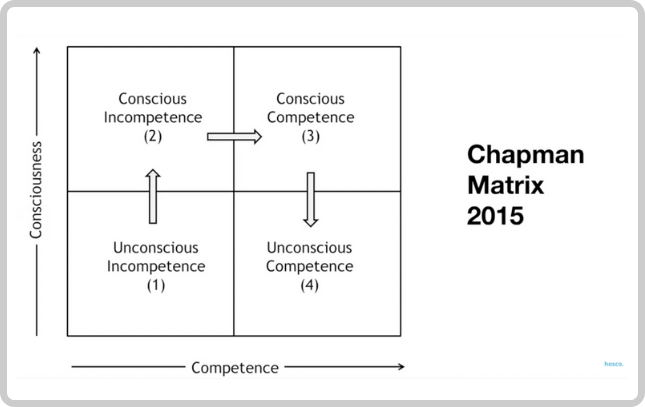

- Generate and list the choices: Decisions cannot be made without options or choices, which are easily generated by brainstorming. The Chapman Matrix helps you understand if you (or your hospitality team members) have the right level of competence and awareness before brainstorming. It illustrates the knowledge of the topic (competence level), and the awareness of that knowledge (consciousness level).
Becoming consciously competent requires further training, mentoring, or guidance. When generating choices, remember that each choice must lead to a different outcome. The decision tree can help you with listing options in an organized manner. Hospitality leaders must ensure that everyone expresses their opinions during brainstorming sessions. Understanding what is happening in the external environment is beneficial for making good decisions.
The Pestel analysis can be helpful to understand the political, economic, social and technological factors in the hotel industry. Alternatively, you can use a SWOT analysis.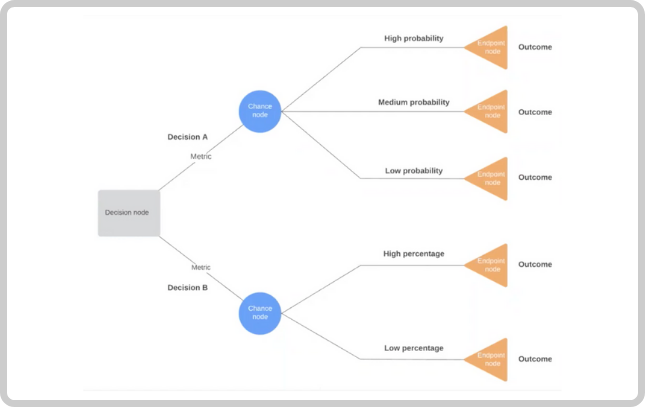
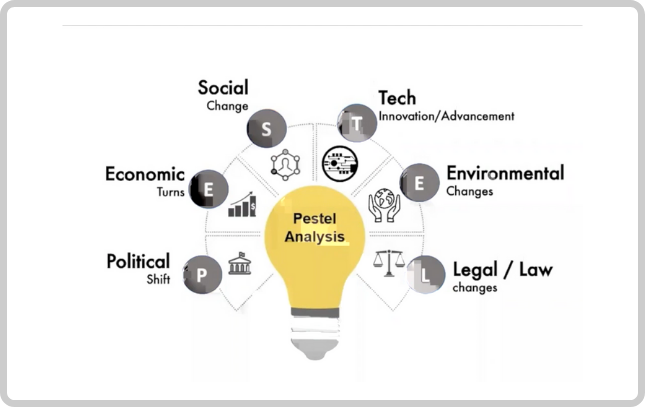
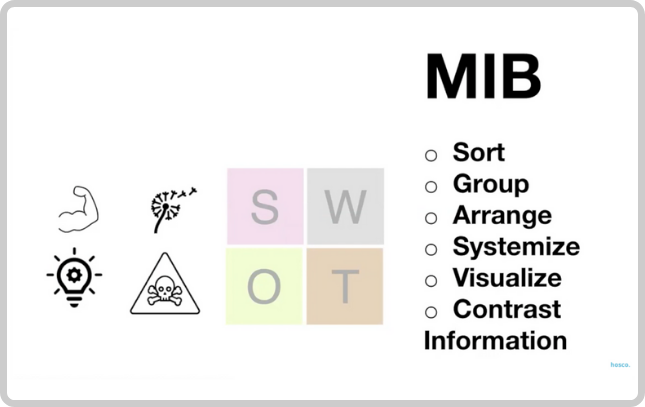
- Debate the choices: You’ll need to debate the choices after generating them. Carefully assess the pros and cons of each choice by sorting through all the information you have. Edward de Bono's model of the “Six Thinking Hats” can be helpful at this level.
Each participating hospitality team member needs to pick a hat, and ask the questions that correspond to each colour. If you are doing this brainstorming process alone, you’ll have to switch hats independently to see the risks and benefits of your choices.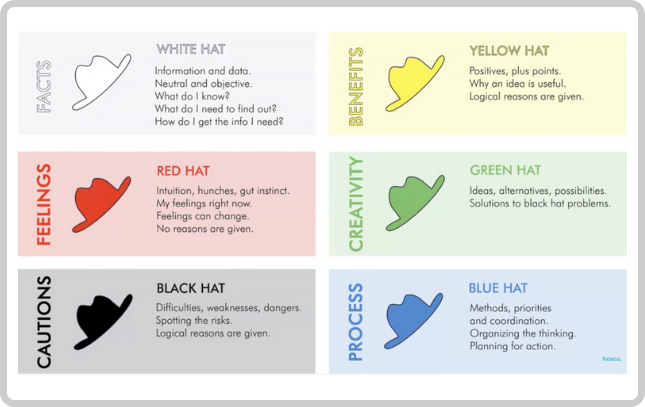
- Come to a consensus: At this stage, you can conduct an analysis. Critical thinking skills will help you (and your hospitality team) to come to a final conclusion.
- Make the decision: Once the decision is made, all you have to do is move forward, and take the necessary actions. Everyone involved needs to know their role in the process and what actions need to be taken.
Join Our Next Hospitality Talks
Hospitality Talks is one of the many initiatives Hosco has put into place to support all industry stakeholders since the global health crisis started in March 2020. Our series of webinars unite industry experts so they can share their best practices, insights, and opinions about the future of hospitality. Want to watch our next Hospitality Talks webinar live?
MORE RELATED CONTENT
Ready to hire on Hosco? Create your company account.
Want to enhance your people strategy
and keep it up to date?
Subscribe to our blog.




-2.png?width=767&name=645x407%20px%20B2B_BLOG%20IMAGE%20TEMPLATE%20(3)-2.png)
.png?width=767&name=645x407%20px%20B2B_BLOG%20IMAGE%20TEMPLATE%20(8).png)
